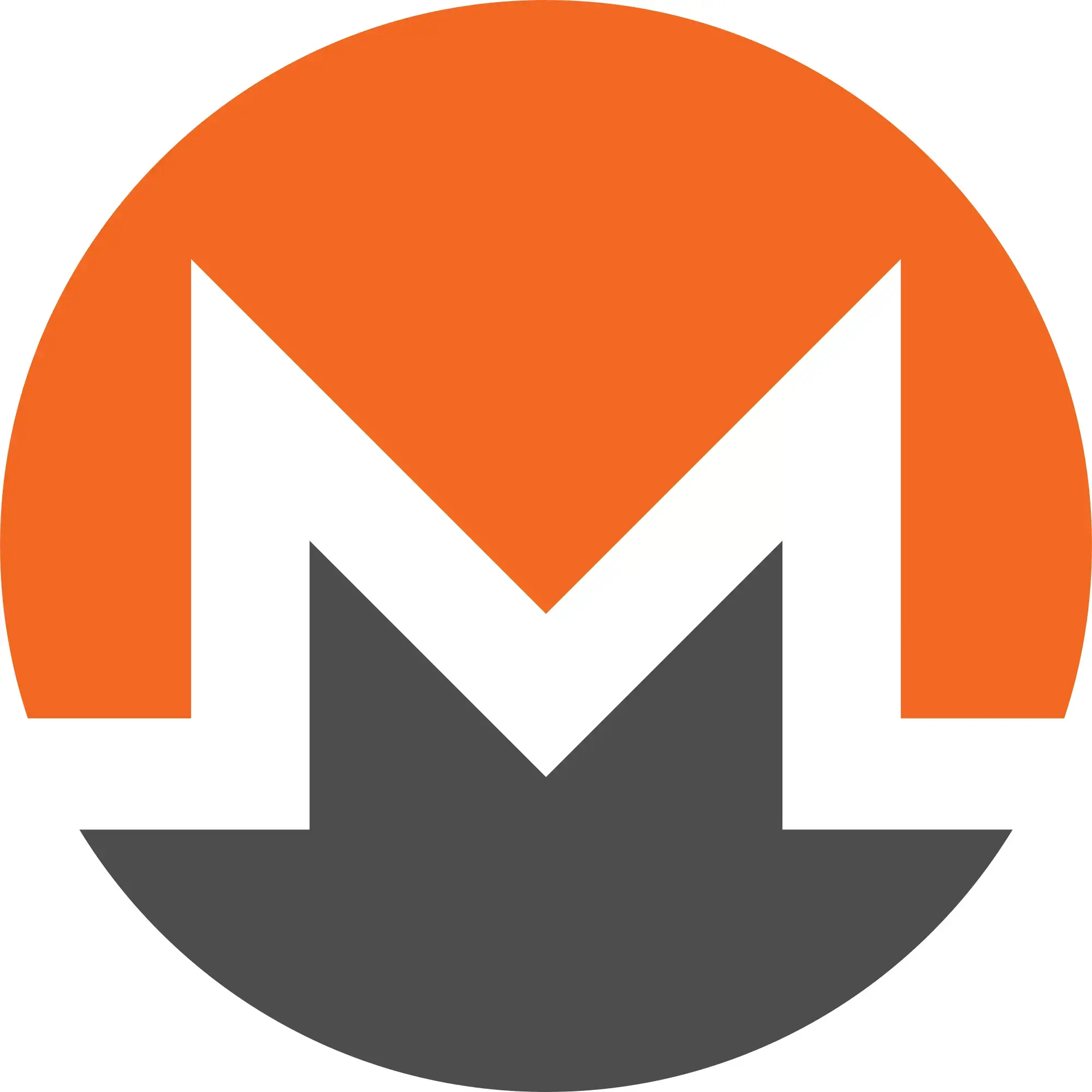As we ramp up to celebrate Monero’s 10th birthday, here’s an opportunity to get acquainted with Monero ID’s - easy and free!
TL;DR: Fill out the form at get.xmr.id/form.html to get your very own stagenet OpenAlias.
OpenAlias is great: You hand someone a simple domain name and their Monero client resolves it to a destination. No copy-paste, no QR-code scanning - just ready to send!
To make your life easier, XMR.ID provides this as a service.
Now with faster activation
Previously, setting up your “XMR ID” required significant manual intervention, that delayed the process more than necessary.
After a broad set of optimizations, new aliases are now typically ready-to-use within 15 minutes.
The new automations repect XMR.ID’s design goal of avoiding web-based self-service, thus maintaining the previous level of security.
Wanna play?
Before enabling this new method in production, we will test in on STAGENET - a parallel Monero network that works just like the real deal, but with its funds considered worthless.
If you haven’t used stagenet before, this may be a great opportunity for you to not only get acquainted with XMR ID’s, but create a risk-free playground for your own experiments!
It takes about 5 minutes. At the end you will have an account that can receive funds at <yourname>.stagenet.xmr.id, filled with some zero-value Monero, ready to be sent around.
To try it, simply fill in the blanks at https://get.xmr.id/form.html (onion). No ninja-skills required - and you may contact me about any issues or inconveniences you encounter.
Hackers welcome
Put your white-hat abilities to the test, fool around a bit, probe and report any faults or security flaws if you want to help harden this part of the Monero ecosystem - or just do a speed-run and get your alias.
Your stagenet-alias
This test is set to run for a week, starting today, but your alias will remain active afterwards.
Contact
Let’s chat in our Matrix room #xmr.id:monero.social or message me directly at @f:monero.social.
c/XMRID is our place in town. There’s also an email address. You’ll probably run into it as you go.
Talk soon, f


Address reuse NOT being a problem in Monero is the reason this service can be provided in good faith.
Why is Monero address reuse not discouraged?
You can find further details in this Monero Stackexchange thread.
FTA:
Further reading: https://localmonero.co/knowledge/monero-subaddresses?language=en
I think this can easily be achieved by generating a new subaddress for every request. ( I don’t know how OpenAlias works, maybe it already does this.)